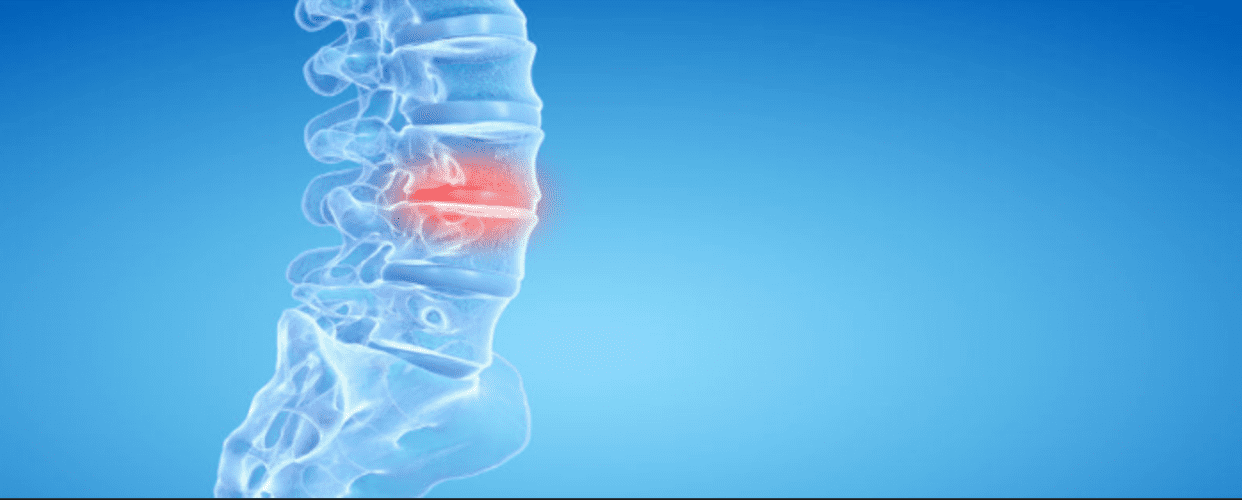One of the most common causes of lower back pain, degenerative disc disease is an umbrella term for the symptoms that result from general wear and tear on a spinal disc. In addition to back pain, it can also cause shooting pains in the extremities, weakness, and numbness. In this article, we will talk about the best treatment for Degenerative Disc Disease.
While the condition can be frustrating, there are many ways to manage its symptoms. In fact, most cases involve periodic flare-ups, but the pain typically doesn’t intensify over time. For this reason, many people can avoid surgery for degenerative disc disease.
Instead of going directly to surgical interventions, the goals of treating the condition usually entail:
- Relieving pain to the point that patients can participate in rehabilitation programs or perform exercises at home without discomfort.
- Preventing added stress to the back using ergonomics and improved posture.
- Managing discomfort so individuals can go about their normal routine uninterrupted.
There are many lifestyle modifications, self-care options, and clinical therapies that can be tried before resorting to more invasive procedures. Here are a few common approaches:
- Pain relievers: Over-the-counter pain medications such as NSAIDs and acetaminophen may help control pain levels during particularly intense flare-ups.
- Chiropractic care: Some individuals find that manual manipulation performed by a chiropractor can reduce the pressure on sensitive areas of the back.
- Epidural injections: Spinal injections deliver steroids directly to the compromised area of the back to reduce inflammation and thus relieve pain.
- Ultrasound: Ultrasound technology brings warmth to affected areas through sound waves, increases blood flow, and could potentially stimulate healing in some back injuries.
- Massage therapy: Massage increases blood flow, alleviates tension in the muscles, and triggers the release of endorphins, all of which can help reduce pain levels.
- TENS units: Using electrical stimulation, these units override pain signals in affected areas.
Some patients also use acupuncture and home therapies such as cool or warm compresses to reduce back pain caused by degenerative disc disease. Beyond these treatments, here are a few lifestyle modifications that may also help:
- Smoking cessation: Smoking depletes oxygen, which your body needs to perform its best. Tobacco use and chronic pain often go hand-in-hand, so quitting could help you find relief.
- Exercise: Working out may seem counterintuitive when you’re in pain, but many patients can achieve long-term healing through exercise. Aim for a combination of strengthening, stretching, and low-impact cardio moves.
- Weight loss: Added weight puts stress on your spine, potentially intensifying your degenerative disc disease. Weight loss could reduce the stress on vertebrae and discs, alleviating back pain.
- Ergonomics: Ergonomics is the application of physiological principles to products such as furniture and footwear to help support healthy posture and minimize back pain. If you suspect your work environment could be contributing to your back soreness, it’s worth looking into supportive shoes, ergonomic furniture, and modifications to your posture.
In addition to these treatments and lifestyle changes, patients seeking a nonsurgical treatment for degenerative disc disease may consider stem cell therapy. This form of regenerative medicine works at the site of injury and uses the body’s natural healing properties delivered through stem cells to repair and regenerate tissue. This treatment has been well-tolerated in studies and presents minimal risk and downtime, offering a convenient alternative to invasive procedures. If you want to learn more then contact a care coordinator today!


 St. Petersburg, Florida
St. Petersburg, Florida
